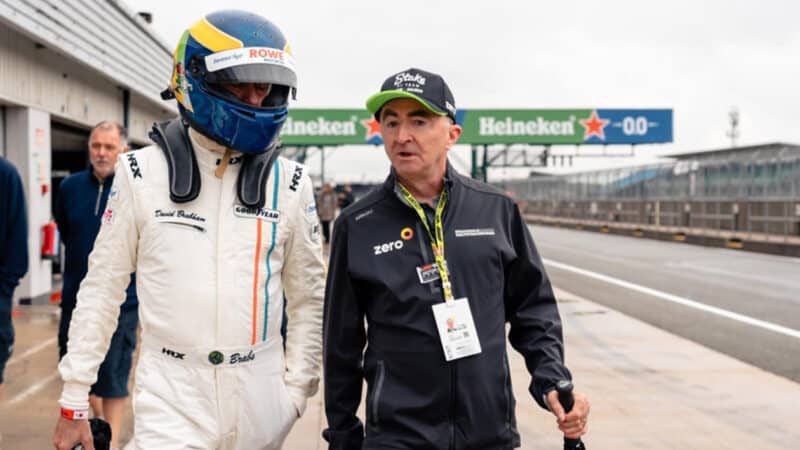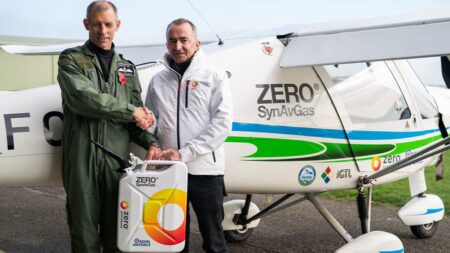“We make e-fuels by reversing the process of combustion. When you combust a hydrocarbon fuel like gasoline or diesel you create water and carbon dioxide. It’s oxygen added to hydrogen and carbon. What we’re doing is gathering the hydrogen back out from water by electrolysis so you split water into hydrogen and oxygen. You have to use renewable electricity in the electrolysis to make this a renewable process. That can be solar, hydro, wind or thermonuclear. Then you gather carbon dioxide from the air. We synthesise those together to make a replica fuel.”
The process is known as petrosynthesis and there are several companies, mainly in the USA, embarking upon its manufacture on an exploratory scale. What is unusual about Zero’s production is that it is producing a high-octane fuel on site without need for a refinery.
“Bio gasoline is great,” continues Lowe, “so long as you are not depleting food production. [Because of that] it just doesn’t do the job in replacing fossil fuels if you do the maths. That’s the difference with e-fuels. There is unlimited production potential; it’s just a matter of building the equipment. You can replace all fossil fuels used today by this process.
“If you put 6% of Australia’s land area as a solar farm you’d make all the fossil fuel needed on earth, fully sustainably. In decades to come it won’t be imaginable that you’d dig the stuff out the ground. Why would you do that when it’s really difficult and would [by then] be more expensive and you are not necessarily able to make it on your own territory?”

Lowe, at Silverstone with Brabham, is also supplying synthetic fuel for aircraft and trains
Zero Petroleum
For the moment e-fuel production is way more expensive than getting it from out the ground of course. It requires an enormous capital investment to make the reverse water gas shift reactors (which convert the carbon dioxide into carbon monoxide) and the Foscher-Tropsch reactors (which convert the mixture of carbon monoxide and hydrogen into liquids) on the required scale. But as with any new technology, it would become cheaper as production was scaled up.
“In as little as 10 years e-fuel will be around the same price as fossil fuels and after that becoming cheaper,” claims Lowe. “Twenty years ago wind and energy was a mad small-scale idea. Now the cheapest power station you could build in the UK would be an offshore wind farm, not a gas-fired power station. That wasn’t something anyone would have predicted 20 years ago. Like that, the technology will come and then it will come quickly.
“[The UN Climate Change] COP 28 Agreement for first time put in black and white that the world needs to move away from fossil fuels entirely. That is the direction. Quite often F1 is a pioneer in advancing journey of technology to commerciality. Our next step at Zero is to move to commercial scale, but we need commercial partners and the appropriate location. About 20% of our engineers are ex-F1 engineers including many of our senior team leaders. The way we work is becoming more and more like an F1 team every day in the way we’re pushing ahead with this technology at very high speed using many of the techniques deployed in F1.”



